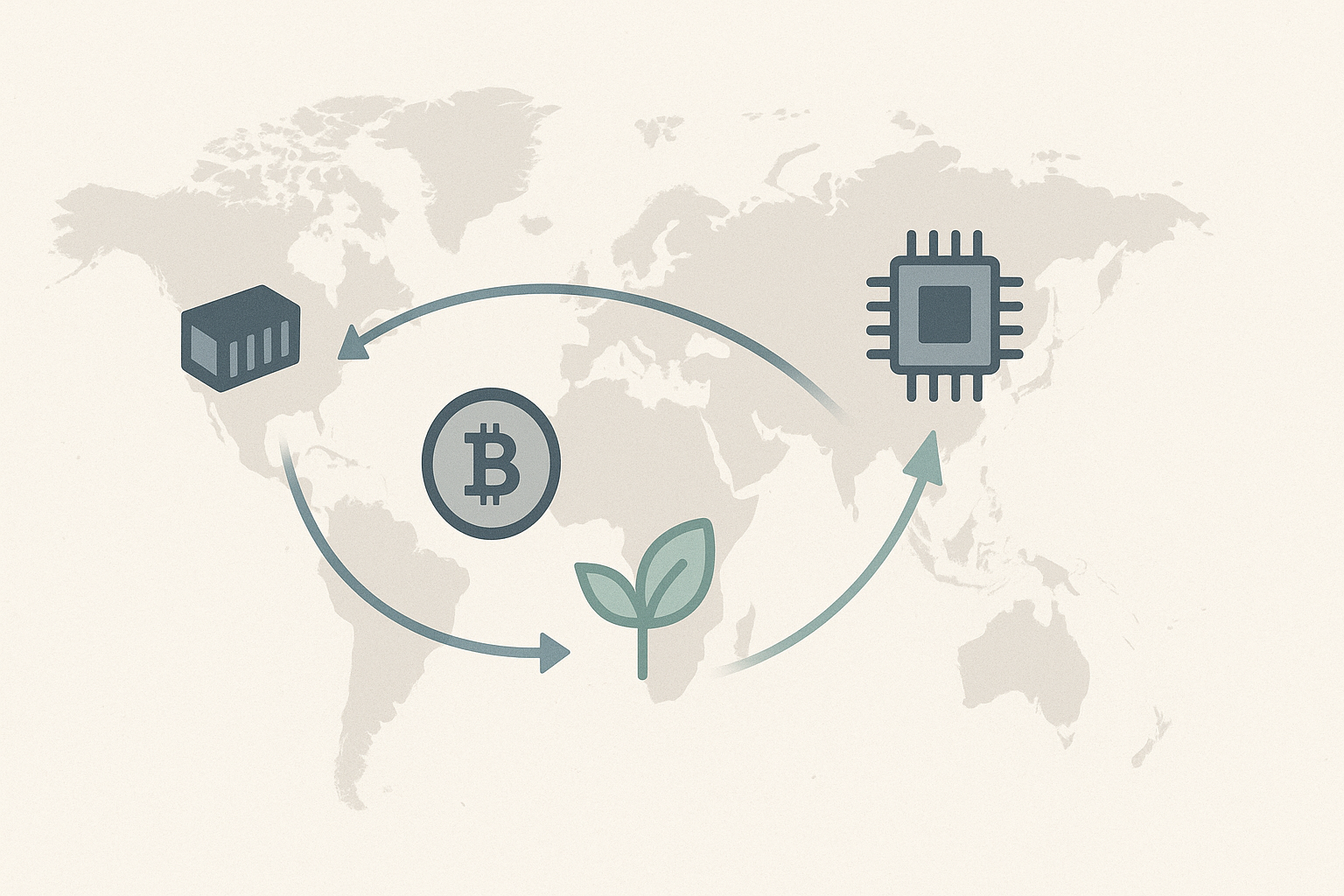The global economy in mid-2025 reminds me of a complex ecosystem rather than the synchronized machine economists often describe. As of July 20, the interconnections are stronger than ever, but regional differences are becoming increasingly pronounced.
I was in Singapore last month for a conference, and the contrast between Asian and Western economic strategies couldn't be more striking. While the U.S. and Europe continue to wrestle with the productivity paradox (all this technology, so little productivity growth!), East Asian economies are implementing targeted industrial policies with remarkable results. South Korea's semiconductor initiative - barely mentioned in Western media - has already created over 40,000 high-paying jobs this year alone.
Digital currencies have finally moved beyond the experimental phase, with 17 major economies now operating CBDCs (Central Bank Digital Currencies) in some capacity. The impact on cross-border transactions has been significant - I was able to instantly convert and transfer funds between countries during my recent travels, something that would have taken days and incurred substantial fees just a few years ago.
The climate economy - a term barely used before 2022 - is now a dominant force shaping investment flows. The recent drought in Southern Europe has accelerated agricultural technology adoption there, while extreme weather events in North America have spurred a construction boom in resilient infrastructure. I've added several climate adaptation stocks to my portfolio this year, and they're among my best performers.
Trade patterns continue to evolve in response to both geopolitical tensions and environmental concerns. The concept of "friend-shoring" has moved from political talking point to business reality - I've noticed this in everything from where my electronics are manufactured to the origin labels on clothing.
Perhaps the most interesting trend (and one I think is underreported) is the rise of regional economic integration outside the traditional Western-led frameworks. The RCEP trade agreement's effects are really becoming visible now, three years after implementation. During my visit to Thailand, business leaders consistently mentioned how it's reshaping their supply chain decisions.
For ordinary consumers, these global shifts manifest in subtle ways - slight changes in product availability, gradual price adjustments, new brands appearing on shelves. But collectively, they represent a significant realignment of economic power and priorities that will shape our world for decades to come.
As someone who's been watching these trends for years, I find the pace of change in 2025 particularly remarkable. The theoretical discussions of five years ago have become today's economic realities - for better or worse.
